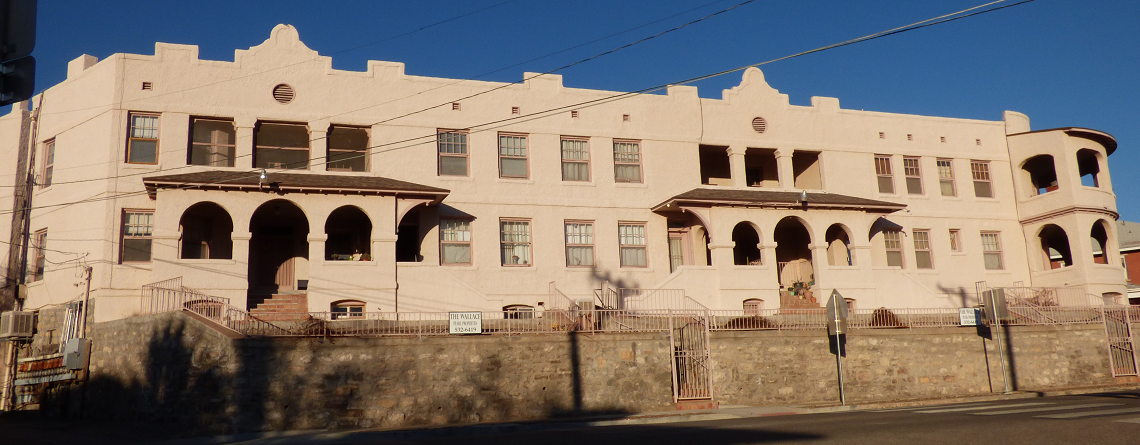
Most associations know that it is important to adequately fund their reserve items. However, the reality of actually doing it is a different matter. It takes time, effort, and political capital to properly fund reserves. Reserve schedules should be examined every year and not left on a shelf to collect dust. The political capital comes in when it is time to raise dues and to educate the members of the community why it is necessary to do so. Listed below are common expectations members of communities have regarding their reserve funds and the realities of the situation from the view of a reserve study professional.
Expectation: We don’t want our dues to be too high because it will be hard to sell our property.
Reality: An association not charging enough in dues makes it harder for an owner to sell their property. Who wants to buy in to a property where they are starting behind in their reserve funds? Or even worse where an association is well behind in their reserves and there could be a looming special assessment?
Another reason why low dues can be problematic is that keeping dues low for years will lead to underfunded reserves. Underfunded reserves can be a big problem when selling your unit. Increasingly, lenders want to see that reserves are adequately funded or that a reserve study has been completed in the last few years and that the association is taking the recommendations in the report. Without proper reserves, a financial institution may deny lending money on the property.
Expectation: We’re well-funded because we have $500,000 in reserves.
Reality: No set amount of money guarantees an association has a healthy reserve fund. It depends on a lot of factors: the type and cost of reserve items, number of reserve items, and the remaining life of the items. Certain reserve items such as roofing and street resurfacing can be multi-million dollar replacements in medium to large communities. If one of these replacements is only a few years away, the $500,000 will not get you the whole replacement cost unless you are aggressively funding your reserves from that point forward. This is where a reserve study can be helpful to help in letting you know how you’re doing.
Expectation: We don’t need to worry about funding for that item because it won’t be replaced for a long time, if ever.
Reality: Every year that an item is not funded or included in the reserve schedule is a year of lost revenue. This is particularly the case with hidden or concealed reserve items that may just be forgotten. Some of these items that are not noticed regularly are fences, lift stations, well pumps, etc. Additionally, it is wise to have some kind of reserve repair funds for expensive items like pond banks, stormwater draianage, and perimeter walls. The end of the life of an item may sneak up on you, but the depreciation and deterioration of reserve items is inevitable.
Expectation: We’ll just budget how much the reserve item cost last time.
Reality: The cost of construction is going up every year. Simply using the replacement cost figures from the last time you did a replacement project is not sufficient. That is why you have to look at your reserve schedule every year and make the necessary changes to it. For reference, the national annual inflation over the last 30 years is approximately 2.5% and the average construction cost increase year-to-year is about 2.4% over the last 10 years. That means a $100,000 painting project today would cost approximately $121,800 in 8 years (at 2.5% inflation compounded annually).